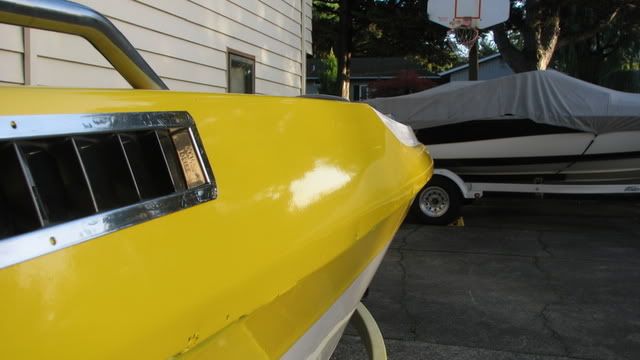Jonboat2Bassboat
Petty Officer 3rd Class
- Joined
- Jul 27, 2012
- Messages
- 89
Re: HVLP and paint additives
Re: HVLP and paint additives
That is a very interesting project. Will have to read the entire article. One question, how long does he leave the boat in the water? Mine is in for 6 months. Don't have the specifics of the Interlux paint and primer I looked up but both products will work below the waterline. 1 gal of paint and 4 quarts of paint would be $180. Not cheap but better than redoing the boat. Exactly what Pettit paint/ primer was used? Does the article cover that?
Re: HVLP and paint additives
That is a very interesting project. Will have to read the entire article. One question, how long does he leave the boat in the water? Mine is in for 6 months. Don't have the specifics of the Interlux paint and primer I looked up but both products will work below the waterline. 1 gal of paint and 4 quarts of paint would be $180. Not cheap but better than redoing the boat. Exactly what Pettit paint/ primer was used? Does the article cover that?





























